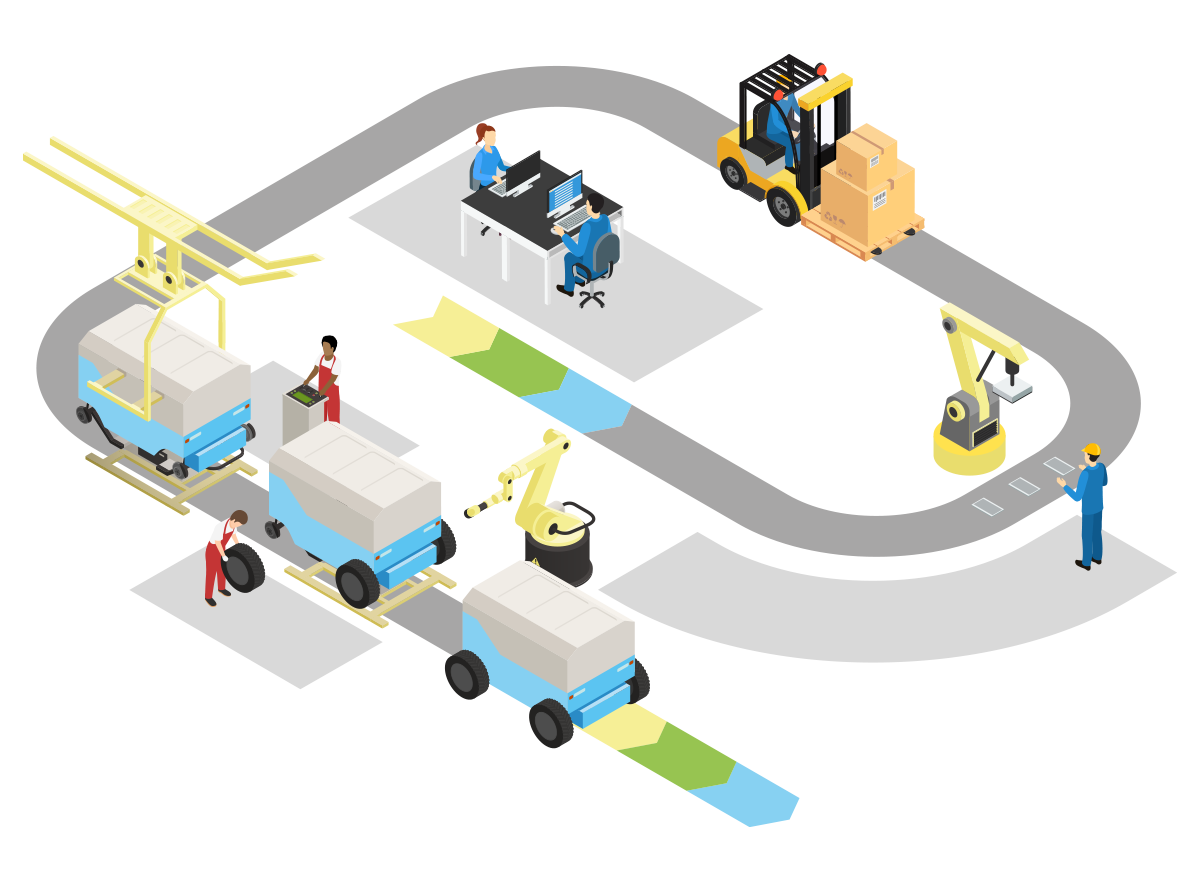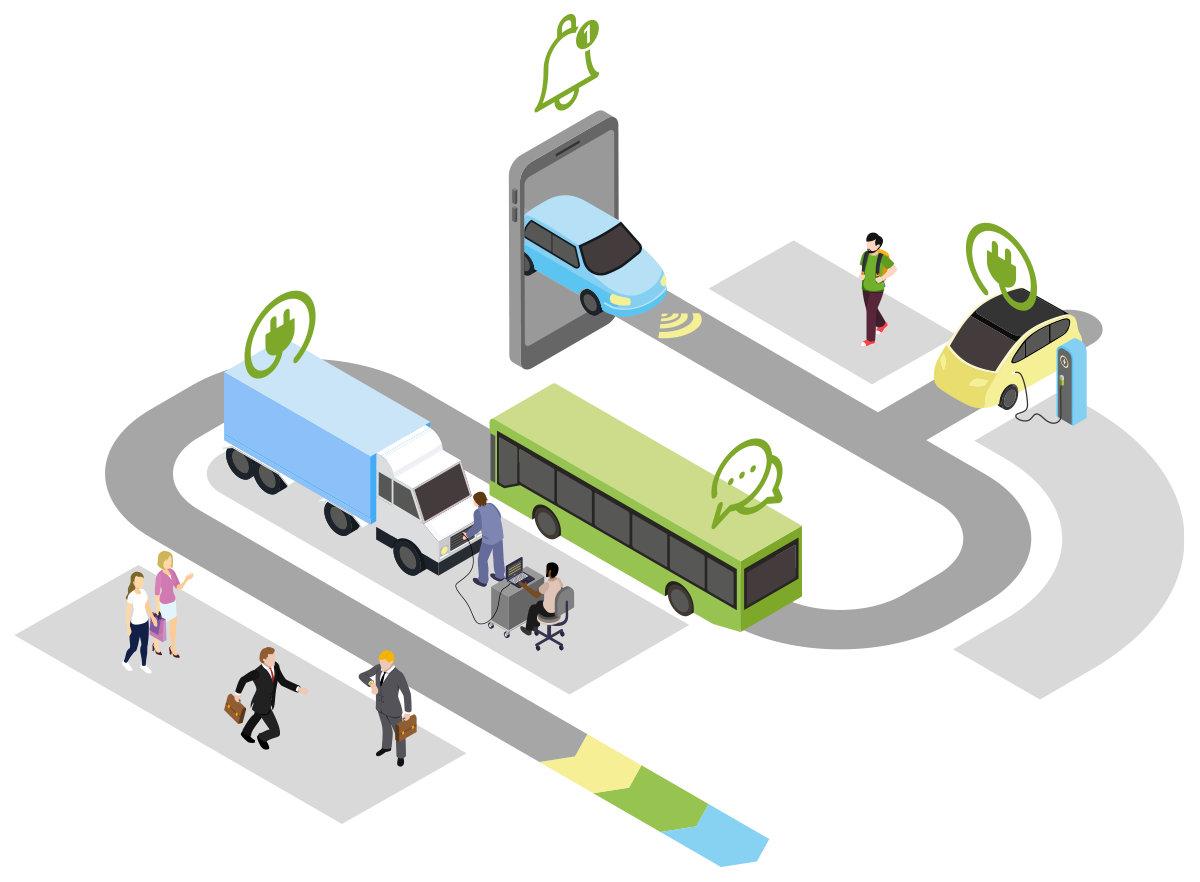Big job families


There are four big job families within these subsectors:

Design and R&D
Before a vehicle, system, or component can be built, it needs to be designed and developed. And that requires highly technical expertise in advanced technology. This is where the future of EST takes shape. It includes research and development, prototyping, testing and experimentation, certification, technology integration, and software development.

Sales and services
Once an innovation is produced, it needs be sold for a business to grow. In sales and business development jobs you’ll respond to calls for tenders and develop distribution and reseller networks. Service is also important to ensure customers are satisfied and want to buy from you again. You often need technical skills in these jobs as well.

Maintenance
More and more companies want to electrify their medium- and heavy-duty vehicle fleets. And those fleets must be properly maintained and serviced to keep them running. Any transit company or organization that manages a large fleet of vehicles is gradually incorporating electric servicing capabilities, primarily for medium- and heavy-duty vehicles since Quebec does not produce electric cars. Jobs in this sector involve diagnosing mechanical and electrical problems on medium- and heavy-duty vehicles and conducting repairs and maintenance. Workers use their knowledge of programming, electronics, electricity, and problem-solving.

Manufacturing and assembly
Manufacturing and assembling vehicles, systems, and components are complex tasks that require a variety of human resources with different qualification levels combined with increasing levels of automation. These activities must be synchronized with a global supply chain, and quality control is essential to maintain the highest standards.
Electric transportation
The Electric transportation subsector includes businesses that design, assemble, and supply systems and components for recreational, specialized, medium/heavy-duty, and rail vehicles, or design and manufacture charging infrastructure. A number of interrelated businesses are currently developing expertise in these areas or transforming their models to adapt to the new reality. Here is a look at the expertise required in the sector.

Powertrain
The powertrain on an electric vehicle is obviously different than what you find on an internal-combustion-engine vehicle (ICEV). The most important subsystems include the batteries, the thermal management system to cool the batteries, and the electric motor.

Software
Onboard and offboard software is ubiquitous in the transportation electrification sector. It is used to manage how different systems operate and interact, control their settings, and regulate how they interact with the user. Everything associated with cybersecurity also requires software expertise and is a key concern for business leaders.

Power electronics
Power electronics are all the equipment that makes electric and hybrid vehicles run and would not exist in an ICEV. They’re also used in charging stations. They include everything associated with power inverters, converters, controllers, thermal management systems, and high-voltage wiring.

Assembly
Vehicle, system, component, and charging station assembly and scaling are a whole separate field of expertise that supports the rollout of new products and services. For businesses to grow and remain competitive, they must find solutions to the challenges associated with supply chains, quality control, and automation.
Smart transportation
Smart transportation is still in its infancy, but it’s about to have a growth spurt. This subsector mainly includes high-tech businesses that design and produce sensors, electronic components, and driver assistance applications for autonomous vehicles. Artificial intelligence (AI) and big data will be of prime importance. Onboard and offboard software has become ubiquitous in the transportation ecosystem.

Photonics in transportation
Photonics is the branch of physics that studies light. And Quebec is home to world-class experts in the field. Photonics technology includes cameras, sensors, lidars, electronics, microelectronics, and image processing with software and AI.
Quebec has businesses specializing in lidar technology, which is used in important laser components for autonomous vehicles, and businesses that specialize in analyzing and processing images captured by vehicles. This extremely innovative sector is on the leading edge and is highly R&D oriented.

AI and software
Artificial intelligence (AI) is gaining ground in a lot of sectors, including transportation. Autonomous vehicles will generate a phenomenal amount of data, which will all need to be processed for fleets to be operational and optimized. Expertise in this still-evolving area is essential to developing smart transportation.
Software has also become essential to everything—vehicles, charging solutions, and mobility solutions. Most businesses in the Propulsion Québec cluster use software in their innovations, which means it’s involved in every subsector of EST.
New mobility solutions incorporate software, new transportation methods, and new business models to produce mobility as a service (MaaS). Businesses can be grouped into two categories: those that develop and manufacture new electric-powered vehicles and those more oriented toward new business models and software used for MaaS such as carpooling, bikesharing, and carsharing.
Let’s connect!
For En Route! news and the latest job listings : sign up for our newsletter.

